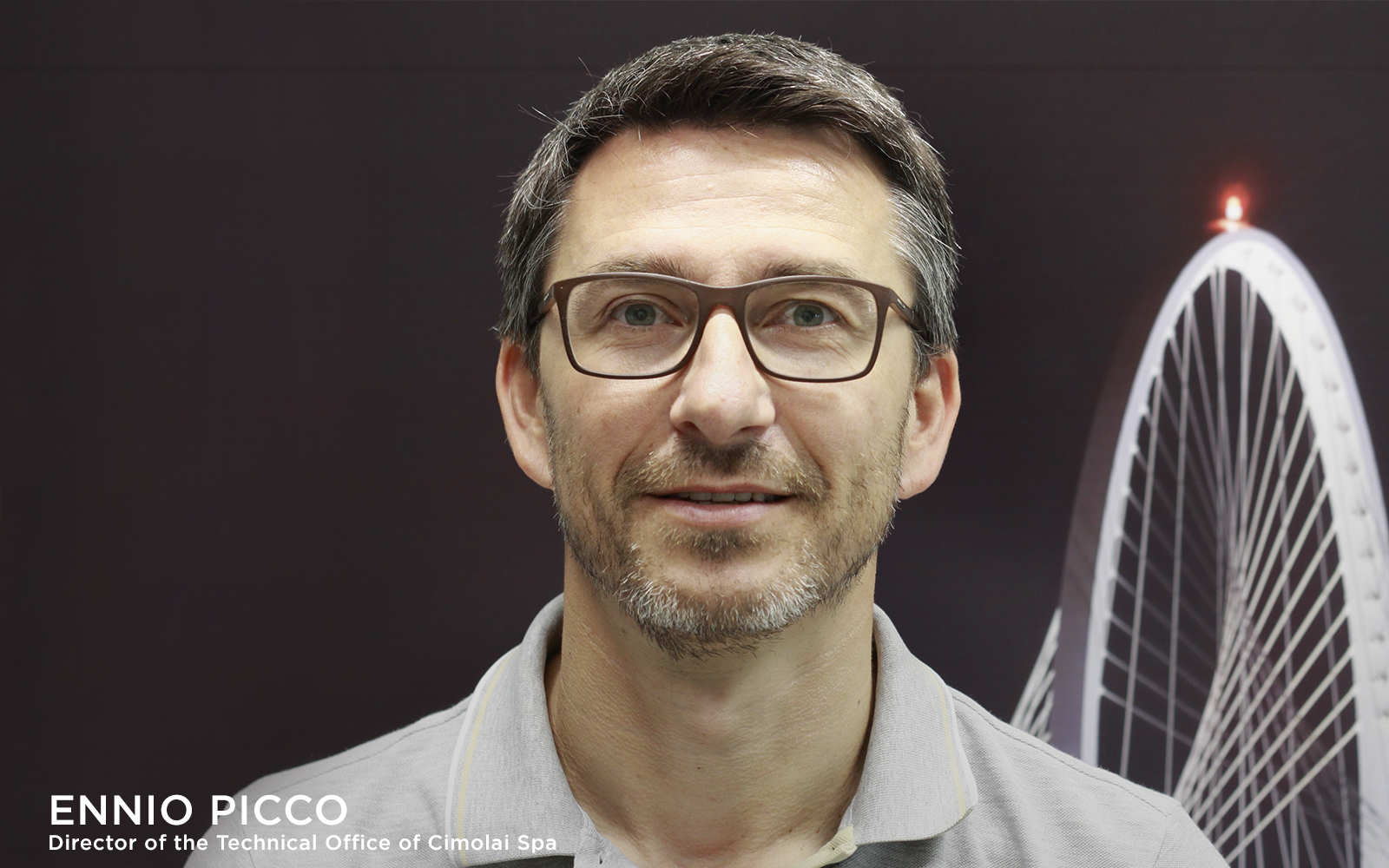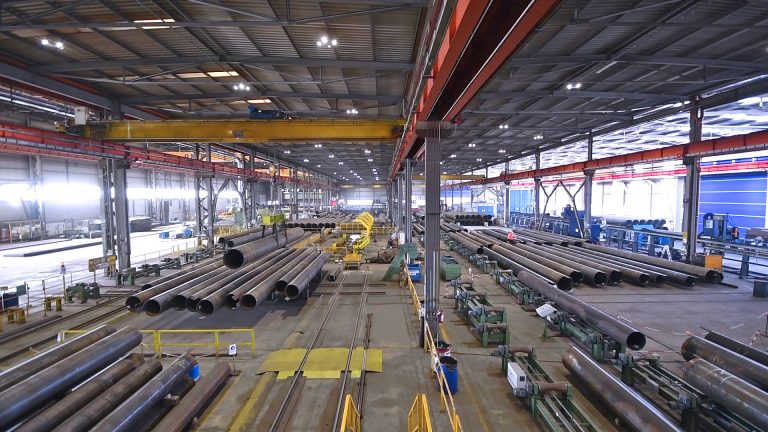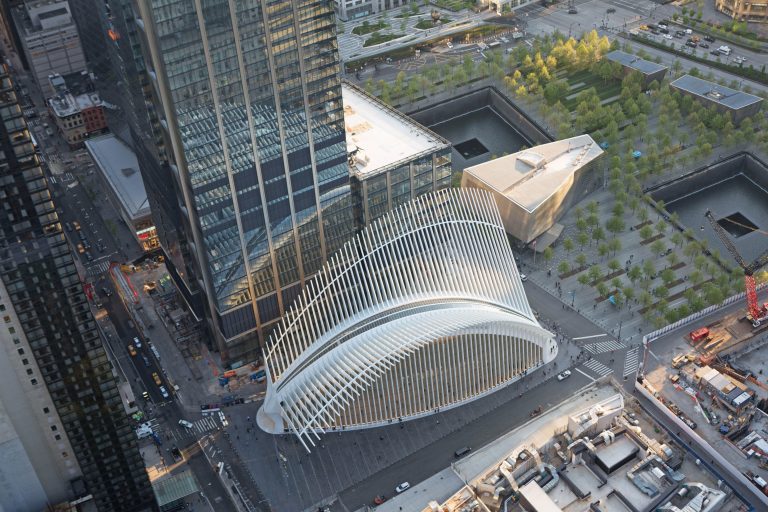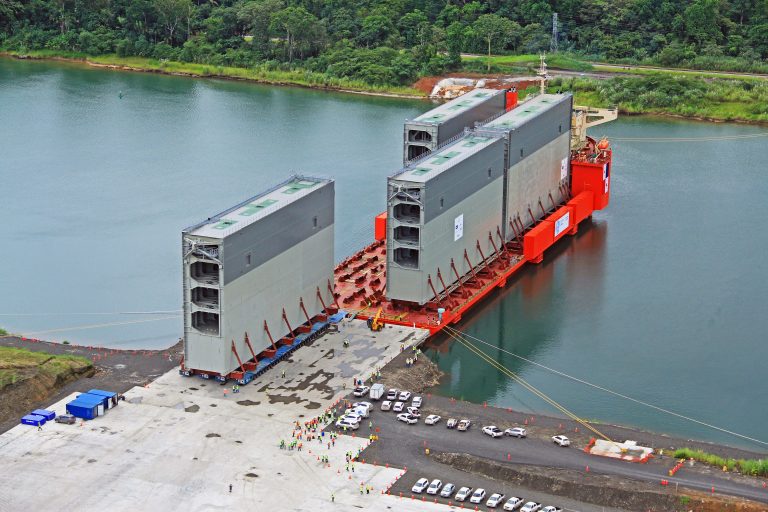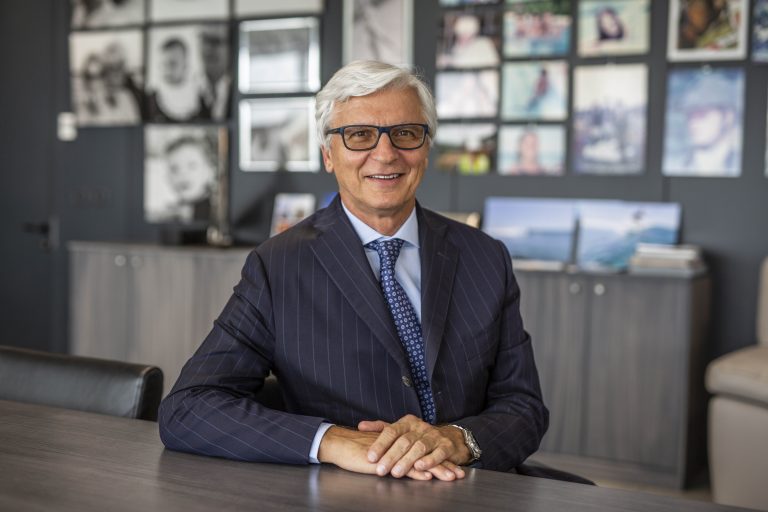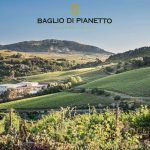Ennio Picco, Director of the Technical Office of Cimolai SpA, tells the secrets of the success of the well-known international Company that operates in complex steel structures.
Developing engineering solutions even before they are built is one of your winning factors. What were the other key elements and opportunities that allowed Cimolai SpA to establish itself among the major international companies in the sector?
International vocation, close link with the Friulian territory and the ability to tackle seemingly impossible challenges. These are the characteristics that have made Cimolai an international leader in the design, supply and assembly of complex steel structures. In over 70 years of history, the company has progressively expanded its reference market, to the point of operating today in more than 30 countries in the world, with a strong presence in Europe, United States of America, Canada, Latin America ( Peru, Chile, Venezuela), as well as in Africa (Botswana, South Africa, Morocco, Algeria) and the Middle East (Qatar, United Arab Emirates). A path of constant growth, in which Cimolai has diversified its activities in the field of Industrial, Civil, Military, Naval and Oil & Gas engineering, also starting, starting from 2003, the production of large diameter and thickness pipes and, subsequently, of stainless steel pipes.
What have been the most significant projects of your career?
The history of Cimolai is full of iconic projects and great international recognition, such as the pavilion of the United Arab Emirates at EXPO 2021 in Dubai, the Al Bayt stadium in Qatar for the next soccer world cup, the gates for the new canal of Panama, Calatrava’s “Oculus” subway station at Ground Zero in New York, the complex Vessel honeycomb structure and The Shed cultural center both in Manhattan.
Among the projects currently underway, just to name a few, is the largest telescope on the planet, the ELT (Extremely Large Telescope), with a primary mirror of 39 meters in diameter, which will be based in the Atacama desert in Chile, the new Sesto San Giovanni bridge station by architect Renzo Piano, infrastructure at the center of the complex urban regeneration project of the former Falck areas, the new Piloti Tower of the Port of Genoa and the Science Gateway, the new “portal” of access of CERN in Geneva, a prestigious project also signed by Renzo Piano.
Cimolai has always invested in the quality of engineering and technical know-how. What was the vision behind this approach and what competitive benefits has it brought to your development?
The vision transmitted by our President Luigi Cimolai is both pragmatic and ambitious: providing customers with the highest standards of engineering skills, ensuring the realization of complex projects in full compliance with the schedule. This approach allows us to achieve our goals by raising the quality bar more and more. To do this, the company has made huge investments in research and technology. In the last five years alone, for example, more than 200 million euros have been invested in the Italian production plants, integrating robotics into welding engineering to make production processes more efficient. Our technical department currently has 150 resources and hosts a section dedicated to artificial intelligence. In addition, at Cimolai, we have developed post processors for customized calculations on welds and their resistance and fatigue, as well as algorithms for optimizing structural nodes. Our real competitive advantage, therefore, is to always be at the forefront, combining functionality, beauty and respect for the environment in our works.
Cimolai and INCIDE have been collaborating for over 20 years. What indications would you give from an entrepreneurial point of view to an engineering company that is growing and immersed in the global market?
To compete in a global market in which you are forced to deal with very performing companies in terms of costs, you must necessarily pay close attention to the quality of the services offered.
This concept essentially translates into two aspects: high competence and professionalism with particular attention to new design techniques and methodologies, and finally a proactive approach aimed at helping your client in achieving his goals. To move the type of relationship from a purely contractual one to a win to win, then to team up and win together.
